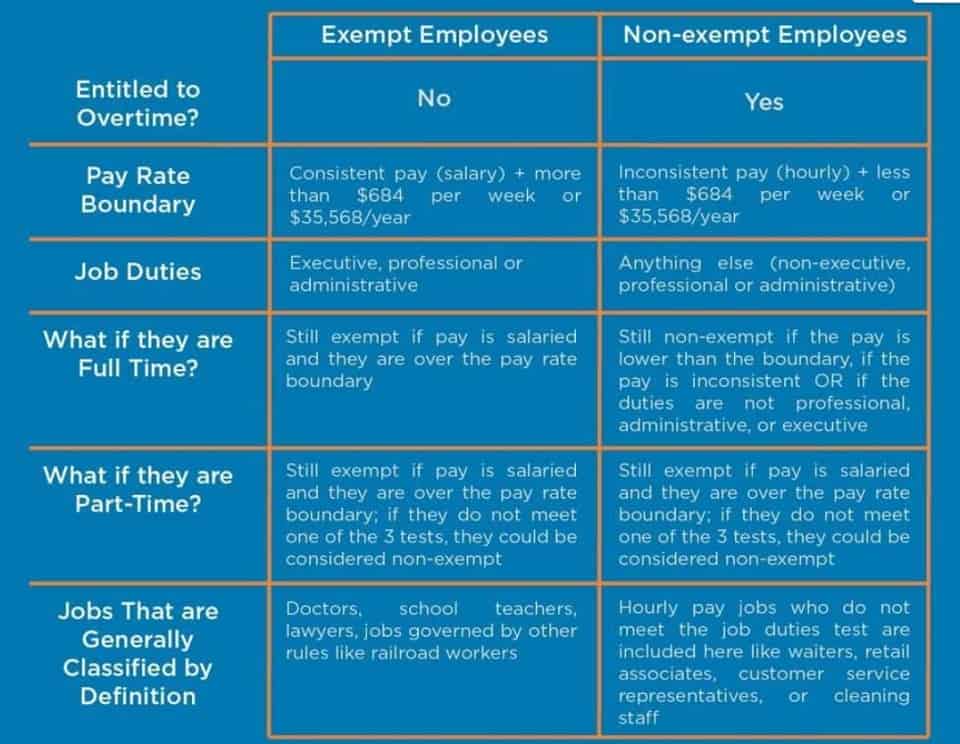
Of all formulas for calculating percentage in Excel, a percent change formula is probably the one you would use most often. Also, the record of the revenue and costs of a certain period in the same period to maintain consistency and relevancy. In some cases, cost is not used as it can give a certain misleading image, hence time is use as the ascertaining element. Further more, some companies also derive the two percentages and simultaneous consider both.

In this article, we’ll explain the percentage of completion method, how it works, and give you some real-life examples. The percentage of completion method falls in line with IFRS 15, which indicates that revenue from performance obligations recognized over a period of time should be based on the percentage of completion. The method recognizes revenues and expenses in proportion to the completeness of the contracted project.
How do I create a percentage completion formula?
So it shows revenues year by year than to just all of the sudden have one large inflow at the end where the project was completed. It has also been used by defense contractors (think nuclear submarines or aircraft carriers) and software developers whose projects represent a multi-year commitment of resources. For software developers, the product must be a significant custom-designed project for a client. Generally accepted accounting principles (GAAP) require that revenue be recognized in the period it was earned. This means for most long-term projects, the percentage of completion method should be used. International Financial Reporting Standards (IFRS 15) provides guidance on the treatment of stored materials in income recognition.
The important thing to remember is that contractors must be consistent in how they calculate the percent complete. The percentage of completion method is an internal accounting process that can differ from the reality on the jobsite. This can present challenges when the revenue and expenses recognized are different from the actual amounts billed or spent on the project.
Introduction to Construction Accounting
First, take an estimated percentage of how close the project is to being completed by taking the cost to date for the project over the total estimated cost. Then multiply the percentage calculated by the total project revenue to compute revenue for the period. Then derive the construction income by subtracting the cost from the period revenue. If the contractors working those jobs only record income for completed projects, personal and business income appears sporadic and unsuccessful. Instead, the IRS requires contractors to report income as a project progresses to indicate a steady income flow.

The total percentage of costs that have been incurred is the percentage of completion for the project. This percentage is multiplied by the total contract amount to determine the revenue to recognize during the period. Such one time projects however have a different approach of costing.
Make it easier to manage construction.
The left side looks like a regular spreadsheet, but the data is then reflected visually on the right side. Of course, reporting income means nothing if you aren’t collecting payments. Regardless of the accounting method your construction business is using, it’s important to take steps to secure your https://www.bookstime.com/ payments on every project. The IRS defines small contracts as those that will be completed within two years, and defines small contractors as those with gross receipts not over $25 million in the previous three years. Both of these conditions must be met to use the completed contract method.

To avoid spending cash you don’t actually have, it’s important to find a way to streamline your construction billing process for the most up-to-date numbers and receipt of payment on time. To calculate the percentage of completion for a project, there are three indicators contractors can use. The most common is costs incurred percentage of completion formula to date, but they can also use units completed or labor hours. So, revenue and costs are estimated across the project’s length or duration during long-term contracts. The recording of the revenue and costs of the project in the accounting books occurs as the project progresses toward completion on a pro-rata basis.
Percentage of Completion Method Accounting
When builders execute change orders before accountants include them in the project’s costs, it appears like they’re overbilling the project. Even if the numbers match up in the future, the current accounting period will reflect inaccurate losses. You can track the percent complete once you have created a project plan on our Gantt and set the baseline.
The cost and profit of the project is basically ascertained in a different manner, which is known as percentage of completion which, in some cases, is also expressed as PoC. The basic principles of cost accounting are also followed in this method of accounting, however timeline and treatment of cost is a bit different. Common production methods have a very simple costing methodology, the final price of units produced are made up of various costs incurred in the production, plus the profit. This process is used to cost out singular products, in a production process. However there are some projects where the product in itself is one huge project, such as research and development project, construction project, or mammoth projects, such as plant installations.
From the output we can see that 0.3 or 30% of the tasks have been completed. Dawn Killough is a writer with over 20 years of experience in construction, having worked as a staff accountant, green building advisor, project assistant, and contract administrator. She shares fundamental green building strategies and techniques in her book, Green Building Design 101.
